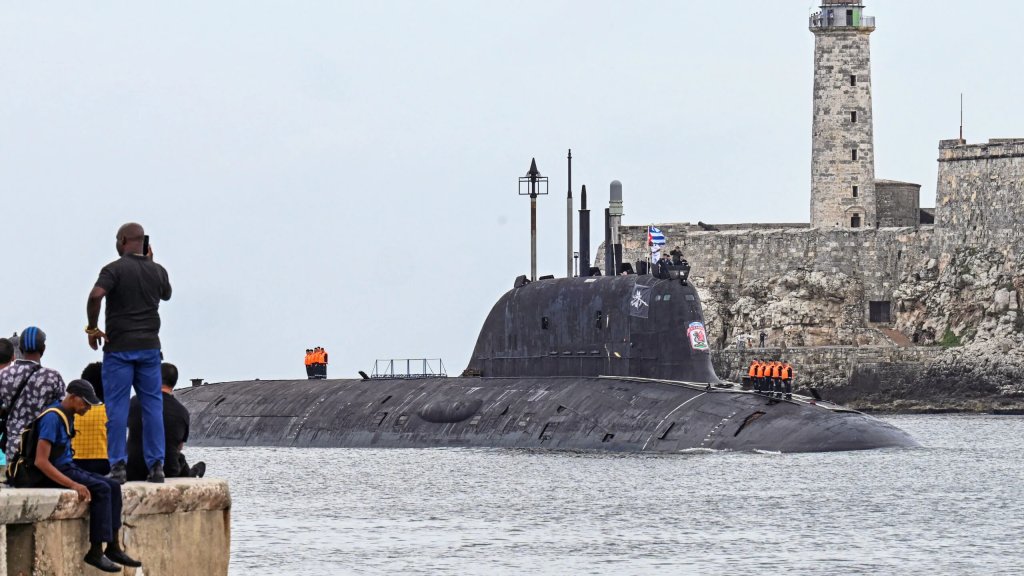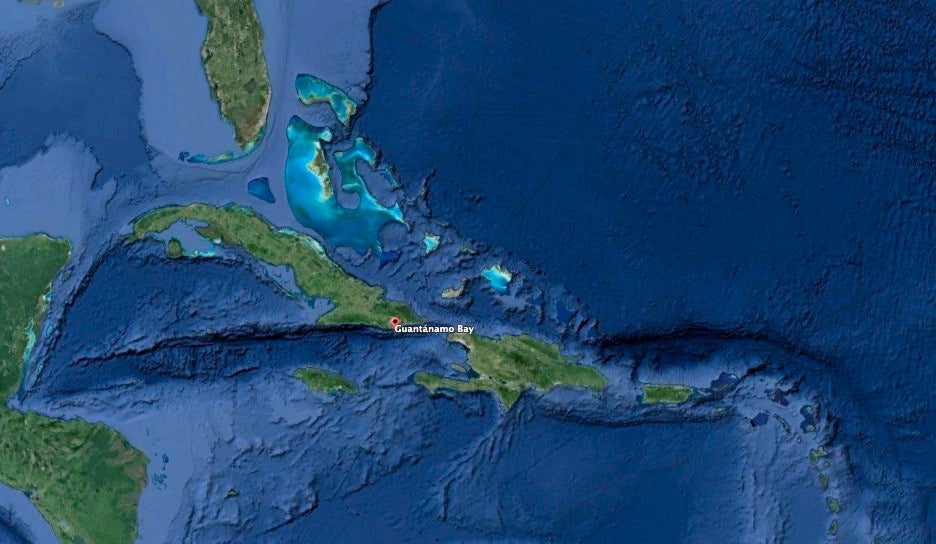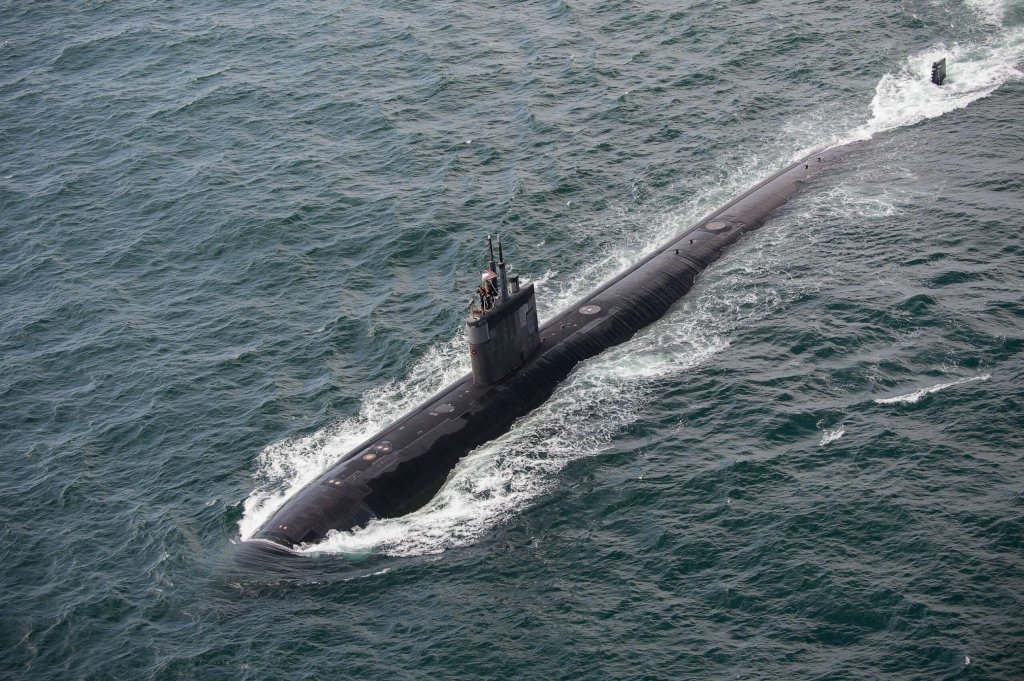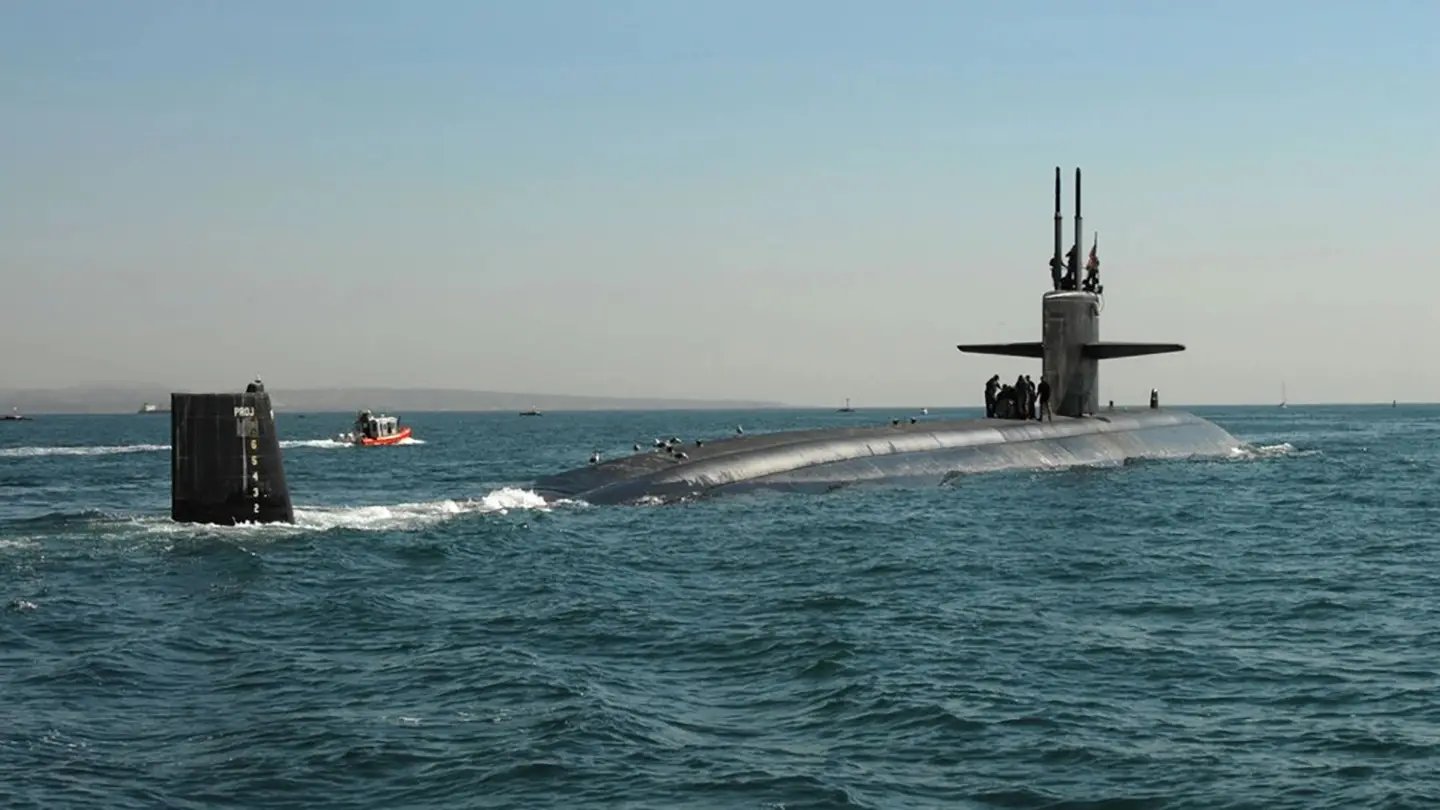With a Russian Navy task force is docked in Havana, Cuba, the nuclear-powered Los Angeles class fast attack submarine USS Helena has arrived in Guantanamo Bay, on the southeastern coast of the island nation.
Though tensions are mounting between Moscow and Washington over the war in Ukraine, U.S. officials say Helena’s port call is unrelated to the presence of one of Russia’s most advanced nuclear submarines in Cuba.
The visit is “part of a routine port visit as it transits the U.S. Southern Command geographic area of responsibility while conducting its global maritime security and national defense mission,” SOUTHCOM said Thursday in a Tweet. “The vessel’s location and transit were previously planned.”
Still, the submarine’s appearance in Guantanamo Bay seems incredibly coincidental, if that is indeed the case.
U.S. officials rarely publicize the locations of its submarines, but the SOUTHCOM statement was likely either meant to diffuse tensions or send a message after Russia’s Yasen-M class nuclear-powered, cruise-missile firing submarine Kazanarrived in the Cuban capital Havana on Wednesday.

Kazan is one of a group of four Russian naval vessels sent to the Caribbean, which had been closely shadowed by U.S. and allied warships and aircraft. The Project 22350 frigate Admiral Gorshkov, the heavy ocean-going tug Nikolai Chiker(also sometimes written Nikolay Chiker), and the Project 23130 replenishment oiler Academic Pashin also sailed into the port of Havana Wednesday. The Gorshkov was greeted by a 21-gun salute, which you can see below.
On its way to Cuba, the Russian flotilla took part in simulated anti-ship missile strikes against mock enemy naval targets while sailing in the Atlantic, according to the Russian Defense Ministry (MoD). However, no missiles were live-fired. This video below show an example of that.
The Russian naval task force might make additional Caribbean port calls on its “long-distance deployment,” Russian Navy boss Admiral Alexander Moiseev said. U.S. officials have speculated it might visit Moscow ally Venezuela, with additional Russian Navy visits near U.S. waters.
“It certainly wouldn’t come as a surprise to us if we see more activity around the United States,” Pentagon spokesperson Sabrina Singh told reporters Wednesday. “And, you know, they do have a global exercise that will, I think, likely culminate this fall.”
The U.S. military is “always, constantly going to monitor any foreign vessels operating near U.S. territorial waters,” she added. “We of course take it seriously, but these exercises don’t pose a threat to the United States.”

U.S. nuclear submarine port calls to Gitmo are not unheard of. Last July, a visit by the Los Angeles class submarine USS Pasadena sparked outrage in Havana.
The Cuban Foreign Ministry called that visit a “provocative escalation,” ABC News reported at the time.
“The Ministry of Foreign Affairs strongly rejects the arrival of a nuclear-powered submarine in Guantanamo Bay on July 5, 2023, that stayed until July 8 at the U.S. military base located there, which is a provocative escalation of the United States, whose political or strategic motives are not known,” the Cuban Foreign Ministry statement at the time read.
A U.S. Navy spokesperson told ABC News the Gitmo port call was a “scheduled logistics stop” as the submarine transits to Colombia to participate in a multinational maritime exercise.

Considering the response last summer to Pasadena’s visit, clearly doing the same when a Russian flotilla is docked in Havana would not have gone unnoticed.
Still, the Russian Navy ships arrived in Cuba as friction grows between Moscow and Washington. That’s been exacerbated by the U.S. and other nations allowing weapons to strike Russian territory. Earlier this month, Russian President Vladimir Putin threatened that his nation could supply long-range weapons to “regions” around the world where they could be used for strikes against Western targets.
It remains to be seen if the U.S. Navy moves any other assets to the region beyond those that have been shadowing the Russian Navy task force. While the arrival of a U.S. nuclear submarine at Gitmo seems to be a coincidence, there is a lot of naval firepower in that part of the world at a very tense time.
Contact the author: howard@thewarzone.com
